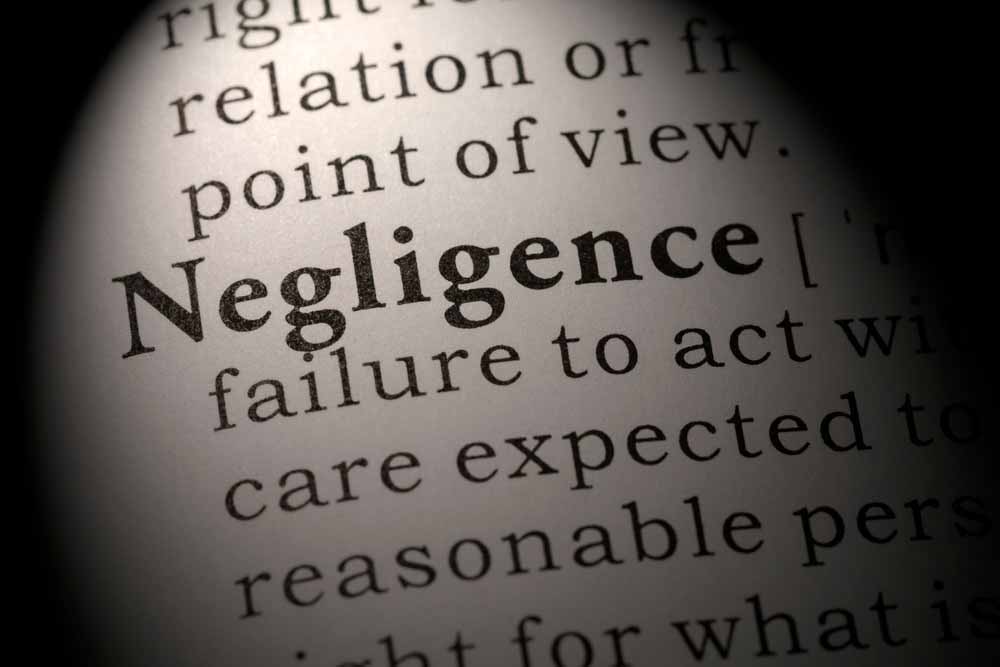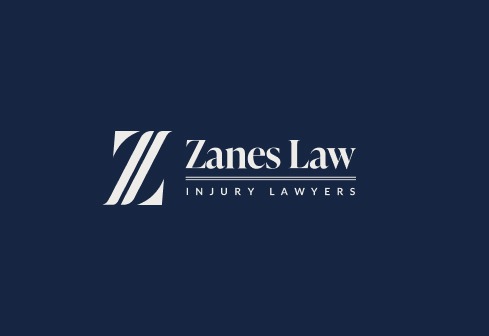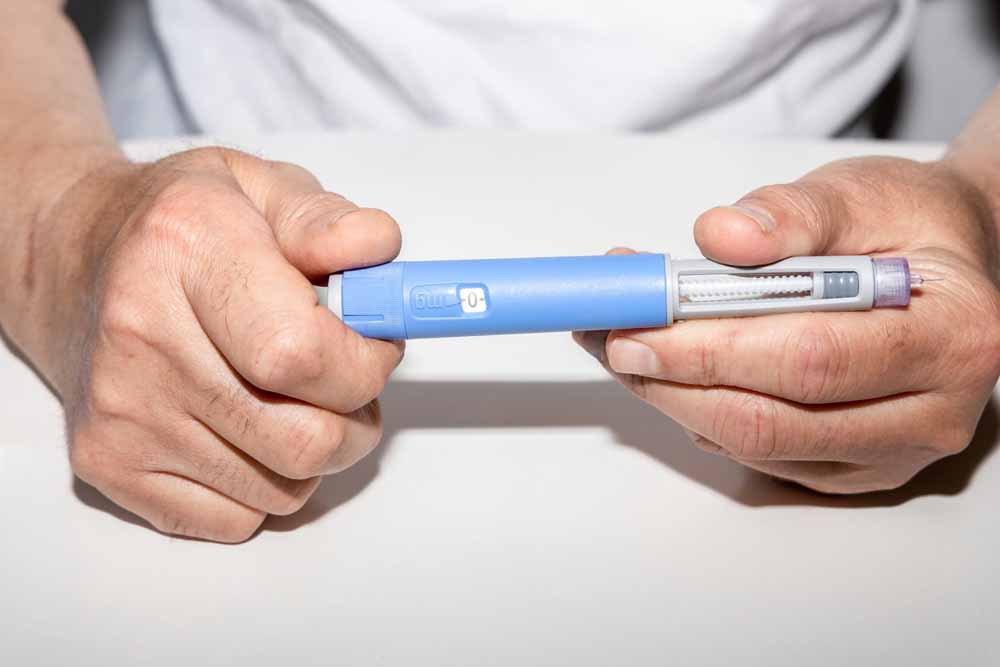After a motorcycle accident, both victims need to pay for their injuries and property damage, but who pays whom? In at-fault states like Arizona, the person who is more negligent pays. The law states how negligence is established in a motorcycle accident.
Lawyers use the laws about negligence and damages to argue who is at fault and how much money victims should get after accidents. These laws get at the heart of all personal injury cases since they all involve someone at fault. This body of law is called tort (fault) law.
What Is Negligence?
Negligence is a failure to behave with a level of care that someone of ordinary caution and reason would use in the same situation. This can be both acts of commission, like driving drunk, or an act of omission, like fleeing the scene of an injury accident.
For motorcycles and other road vehicles, traffic laws provide a basic outline of how reasonable people should use their vehicles. Breaking those rules and causing an accident usually means that whoever broke the rules committed negligence.
Sometimes both a rider and a driver may share negligence in an accident. In Arizona, the person with 51% or more responsibility must pay, but they reduce the amount by how much the other party is at fault. A 30% responsibility for an accident reduces all compensation by 30%.
Four Elements of Negligence
There are four things that courts use to establish negligence in motorcycle accidents, though they apply to all personal injury situations. The first is a legal duty of care that the defendant owes the plaintiff. By law, anyone using a vehicle on the roads has a duty of care to everyone else, so this is trivial to prove.
Next, the defendant has to breach the duty of care. This could be breaking a traffic law, or something as simple as taking eyes off the road for a moment to adjust the radio station. Many people do minor breaches every day while they drive or ride.
The third thing is the plaintiff’s injuries. We have to show you suffered bodily harm or harm to your property. A doctor’s examination and medical records can prove you were injured in an accident to the court or to an insurer.
The last thing is a link between the defendant’s breach of the duty of care and the injuries of the plaintiff. The breach must have caused the injury. Turning on a radio station doesn’t hurt someone, but it sets up a situation for a crash to happen. Proximate causes like this are often the link.
Using Evidence to Demonstrate Negligence
When you work with a motorcycle accident lawyer, they’ll gather evidence to prove these four elements to an insurer or the court, as well as evidence of how much money you’re owed for your injuries. The two most important pieces of evidence are the police report and a medical examination.
The police report proves that an accident happened, who was involved, and much more. The report will describe citations given at the scene that could prove breaches of the duty of care. It may also contain the officer’s opinion of who caused the accident.
The medical records will prove that an injury happened. The doctor can link the injuries to a cause. A motorcycle accident has a particular pattern of injuries that a doctor can use to say what the cause was.
After Negligence Comes Damages
Once negligence is established in a motorcycle accident, the next phase is figuring out how much compensation the plaintiff needs to settle. Most motorcycle accidents will have economic and non-economic damages, and a few may have punitive damages.
This is where having a lawyer really helps victims. You could be owed much more than you think, and you may be in no position to argue with insurance companies about how much your case is worth. By working with a lawyer, you can focus on recovery while they handle the insurance companies.
Contact an Attorney for Help
If you live in Arizona and you’ve been injured in a motorcycle accident, do not say you were at fault. There are details of tort law that may push the matter in your favor. Let Zanes Law investigate your case and settle the matter for you while you heal.




